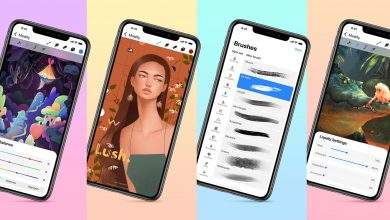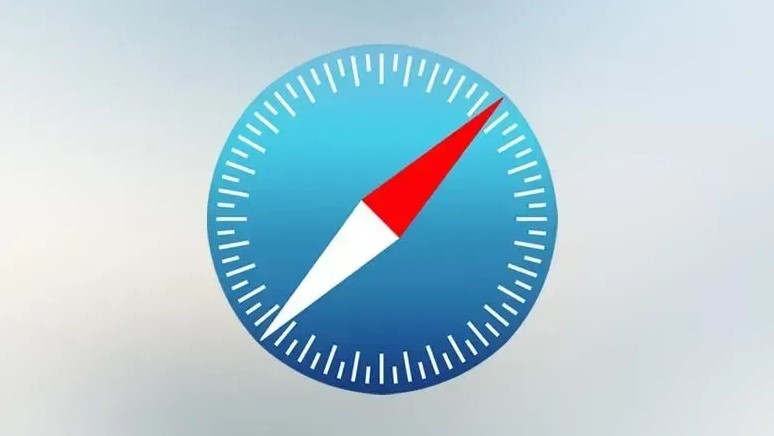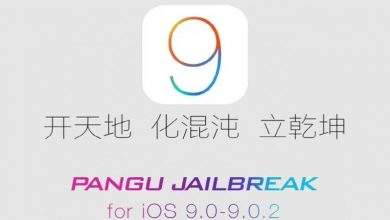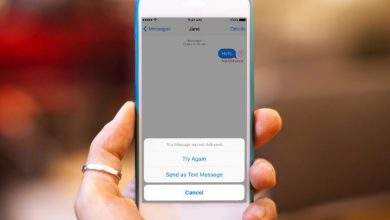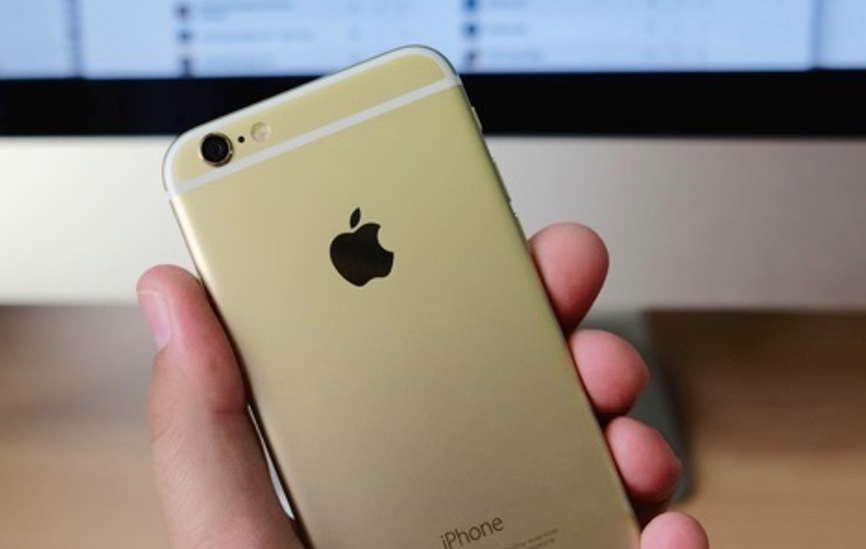
How to Connect to a VPN From Your iPhone or iPad
VPN support is strong on modern iPhones and iPads. The protocols L2TP/IPSec and Cisco IPSec are combined. Third-party programs can connect to OpenVPN networks and other types of virtual private networks.
Prior to iOS 8, when an iPhone went into sleep mode, it automatically unplugged from VPNs. Even when the screen is turned off, iOS devices will remain connected to the VPN. You won’t have to reconnect all the time.
The Easy Way: Use a Dedicated App
Thankfully, our preferred VPN services include separate iPhone apps, so you won’t need to follow the steps in this method. StrongVPN is best for experienced users, whilst ExpressVPN and TunnelBear are more user-friendly. Although ExpressVPN offers faster connections, TunnelBear offers a free tier for people just getting started.

You won’t need to fiddle with iOS’ VPN settings with any of these apps; simply open the app, log in, and connect to the nation of your choice. It doesn’t get any easier than this.
Connect to IKEv2, L2TP/IPSec, and Cisco IPSec VPNs in iO
In the event that your VPN of decision doesn’t offer an iOS application, you can set up a VPN utilizing iOS’ worked-in settings. Open the Settings application on your iPhone or iPad, tap the General classification, and tap VPN close to the lower part of the rundown. Tap “Add VPN Configuration” to add your first VPN settings to the telephone or tablet. On the off chance that you need to design different VPNs, you can add them from this screen, as well.
Select the IKEv2, IPSec, or L2TP choice relying upon the sort of VPN you need to associate with. Enter your VPN’s association subtleties on this screen to the interface. On the off chance that your VPN is given by your working environment, it ought to give you these subtleties.
On the off chance that you have an OpenVPN worker, you need to interface with, skirt this whole area and look down to the last piece of an article. OpenVPN networks are dealt with in an unexpected way.
Backing for PPTP VPNs was taken out in iOS 10. PPTP is an old, uncertain convention and you should utilize an alternate VPN convention, if conceivable.

If you need to connect to the VPN using certificate files, you’ll need to import them before you set up the VPN. If the certificate files were delivered to you through email, you can open them in the Mail app, touch the attachments, and import them. You may also use the Safari browser to find them on a website and tap them to import them.
iPhones and iPads can read and write certificate files in the PKCS#1 (.cer,.crt,.der) and PKCS#12 formats (.p12, .pfx). If you require such certificate files in order to connect, the VPN service provider should offer them and include them in the VPN setup instructions. Go to Settings > General > Profiles to uninstall any certificates you’ve installed.
A mobile device management server can provide certificates and VPN settings to iOS devices for organizations that want to control them from a central location.

Connect and Disconnect From Your VPN
Visit the Settings window and toggle the VPN slider near the top of the screen to connect to or disconnect from a VPN. A “VPN” icon will appear in the status bar at the top of the screen while you’re connected to the VPN.
If you have multiple VPNs on your iPhone or iPad, go to Settings > General > VPN—the same screen where you added the VPNs—to pick between them.
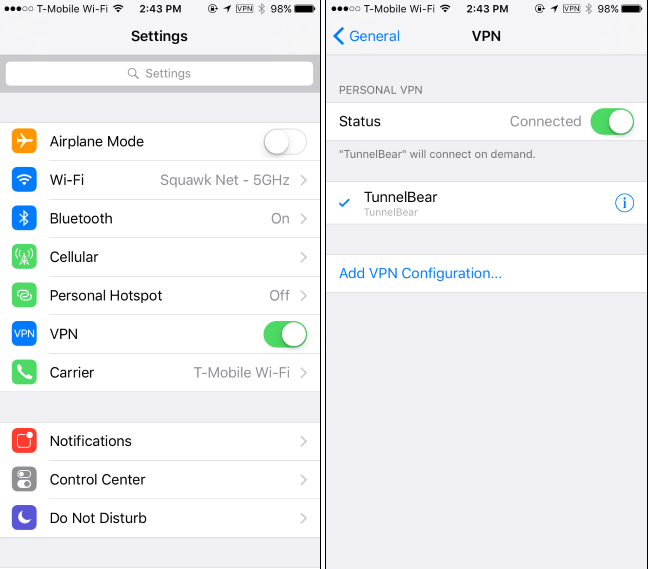
Connect to an OpenVPN VPN
While Apple hasn’t added OpenVPN backing to iOS straightforwardly, that is OK. Like Android, iOS incorporates a way for outsider applications to carry out and work as VPNs. This implies you can interface to without question, any sort of VPN from your iPhone or iPad, accepting that there’s an outsider application in the application store that can associate with it.
On account of OpenVPN, there’s an authority OpenVPN Connect application you can introduce. Introduce the application, dispatch it, and use it to interface with an OpenVPN VPN.
To arrange your VPN worker in the OpenVPN Connect application, you’ll need to import a profile—that is the .ovpn record. Assuming you need to do this manually, you can interface your iPhone or iPad to your PC, open iTunes, and select the associated gadget. Under the Apps area, you’ll have the option to duplicate the .ovpn record and related declaration and key documents to the OpenVPN application. you would then be able to interface with the VPN from the application.
The OpenVPN Connect application and comparable applications aren’t “only an application” you use. They give a VPN association at the framework level, so all the applications on your gadget will interface through the VPN—very much like VPNs you associate with the typical way from the inherent Settings application.
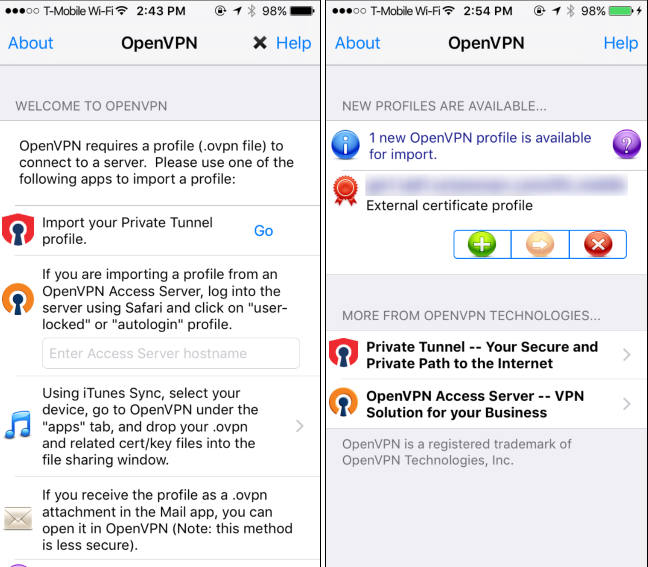
For the average home user, that’s all there is to it. To designate a VPN server, large companies that manage iPhone or iPad deployments centrally should use configuration profiles or a mobile device management server rather than per-device settings. Users can download and install a configuration profile file that contains all of the VPN settings, and the configuration profile will automatically configure the VPN settings on their devices.
